Vertical lines signify trouble. You can ignore them, but they are bound to get worse. You’re better off identifying the problem and solving it quickly. Common causes of vertical lines include the following:
1). The TV Has Loose Connections
This should be your first consideration. The video or HDMI cable can come loose, killing the image quality. Fortunately, loose connections have simple solutions, but only if you can find them.
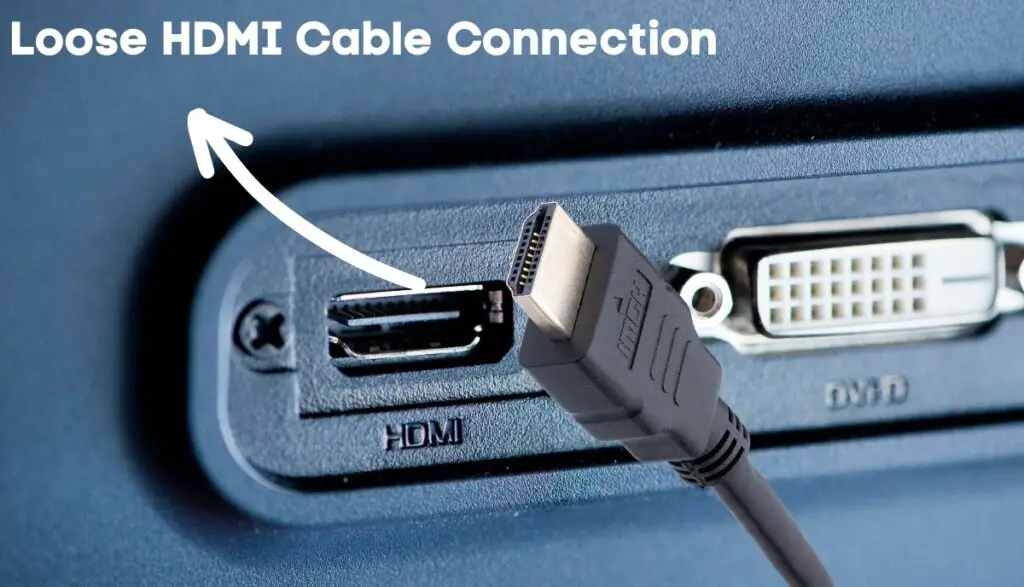
Sometimes, the loose connections are located inside the TV. Don’t open it unless you know what you’re doing. Take the TV to a technician.
2). The T-Con Board Is Broken
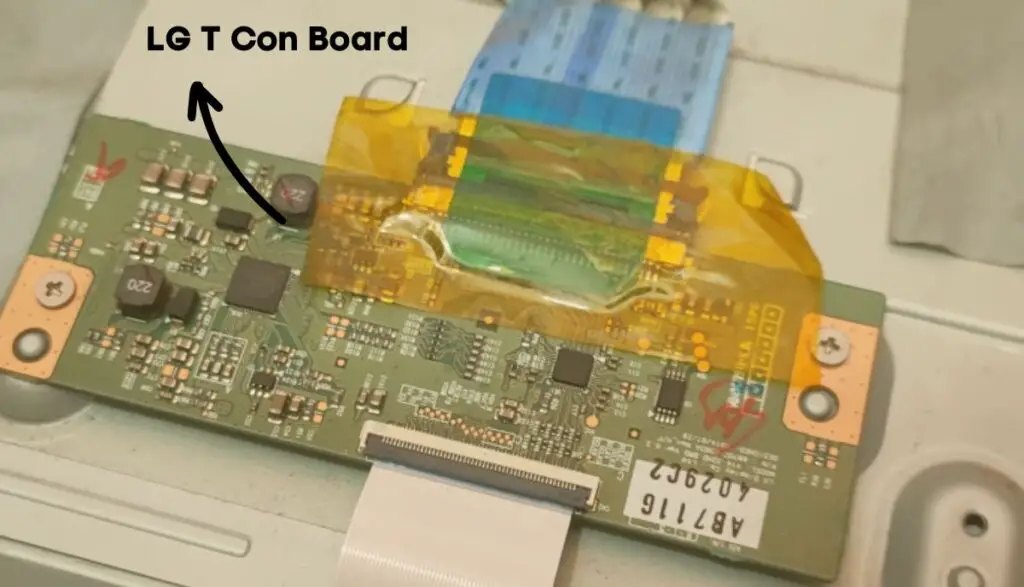
‘T-Con’ stands for ‘Timing Control.’ The picture quality will deteriorate once the T-Con board fails.
Symptoms of a bad T-Con board include color level shifts, noise, and video level shifts, to mention but a few. Let a technician diagnose the T-Con board. They will determine whether the symptoms originate from a bad T-Con board or the mainboard.
Watch this video to know more about T-con board!
3). The T-Con Board Is Loose
What happens when you strike the backside of the TV? If the vertical lines disappear, the T-Con board is loose as opposed to broken. What if the vertical lines reappear? The flat cable that runs to the T-Con board is loose or broken.
4). The TV Is Overheating
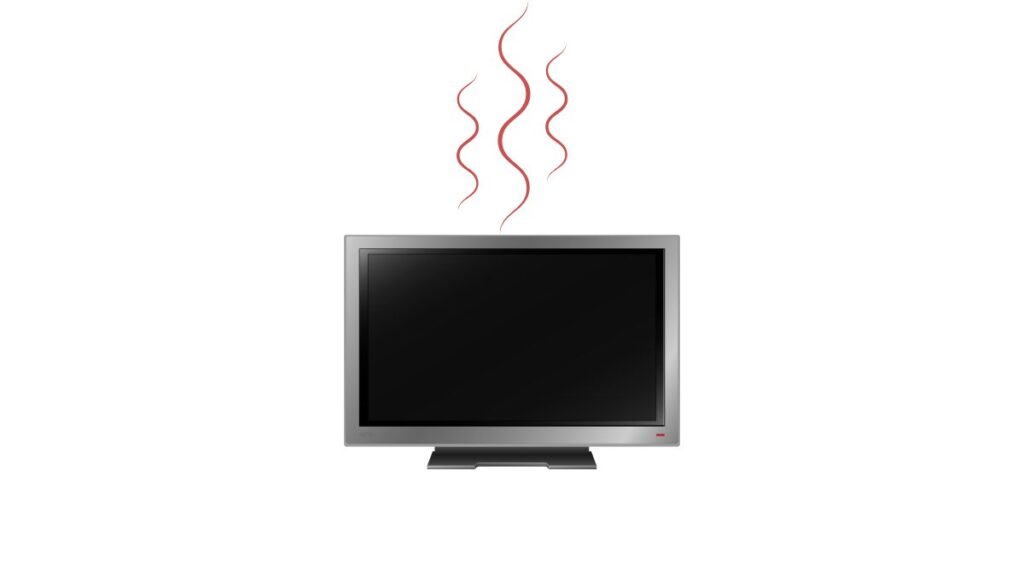
Is the TV adequately ventilated? A black vertical line can appear because of overheating inside the device. Don’t ignore this variable. Excess heat can damage the TV’s display, forcing you to buy a replacement.
5). The TV Has A Software Glitch
When was the last time you updated your TV? Smart TVs are comparable to computers. Besides resetting them occasionally, you must perform regular updates to prevent errors.

But some consumers disable automatic updates. And then, they forget to manually update the TV, leading to unexpected consequences such as black vertical lines.
6). The TV Has Incurred Physical Damage
The TV can incur irreversible damage when you strike the device with a hard object, drop it from a great height, expose it to excess moisture, etc. Maybe the black verticle line is a crack in the display.
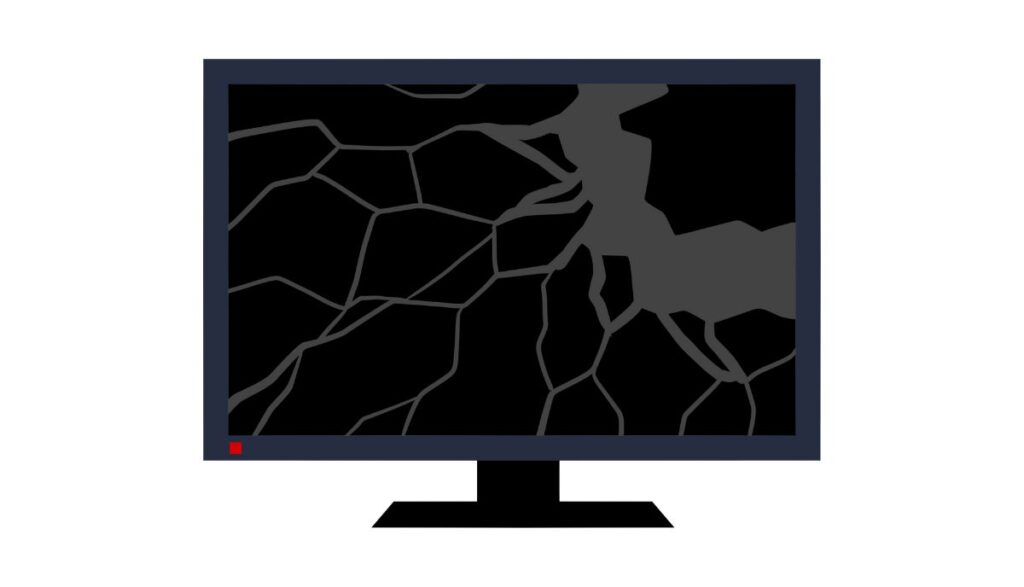
You won’t know until a technician takes the TV apart and retrieves the display panel for further analysis.
7). The Wires Are Frayed
Loose connections are easier to resolve than damaged wiring. You can eliminate a vertical line by simply reseating loose cables. Frayed wiring is more challenging because you must replace the old wires.
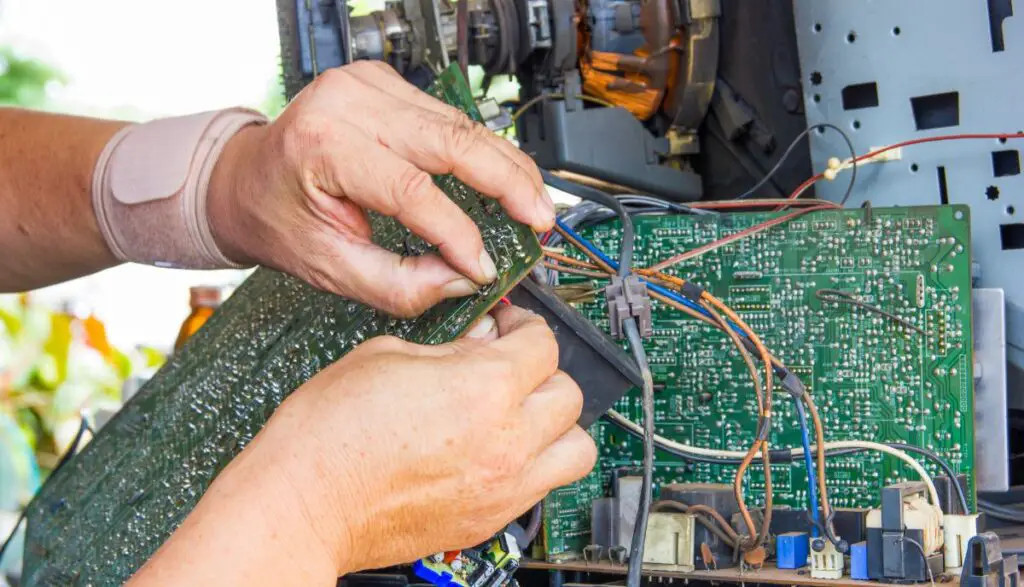
Frayed wiring is dangerous because it exposes the bare conductors beneath the jacket, which, in turn, encourages arcing.
8). The Main Control Board Has Failed
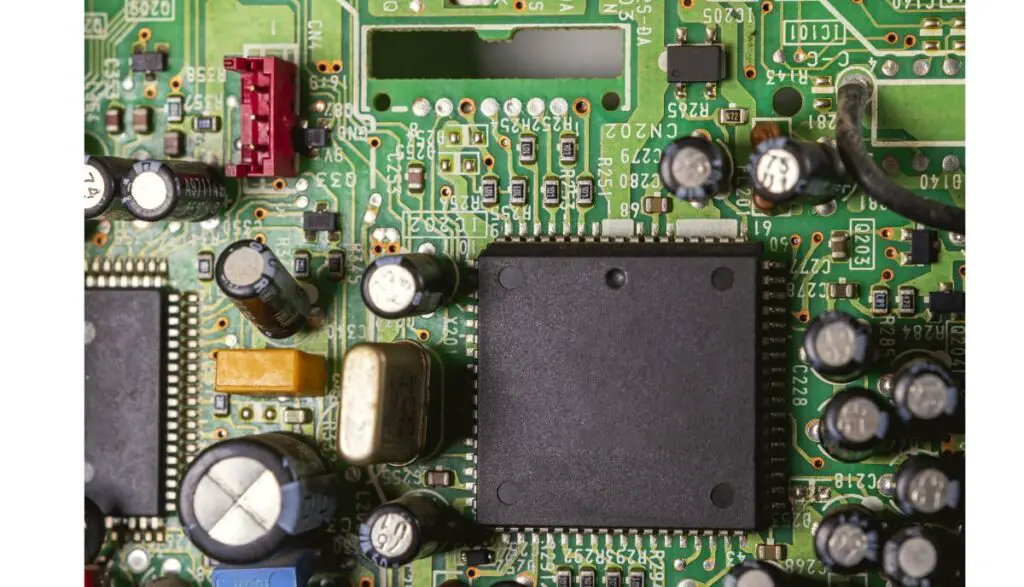
The main board runs everything inside a modern TV. Expect the TV to manifest inconvenient side effects when the board fails. Diagnosing a faulty control board is easier said than done. You have numerous components to inspect, including the T-Con board, power supply board, CPU, microcontroller unit, etc.
Once again, the technician should have the final say. Let them decide whether the main board requires fixing or replacement. Don’t be surprised if they recommend a brand-new motherboard.
9). An Image Is Burned Into The Screen
If you leave a static image on the screen for several hours, the image will burn into the display because some overused pixels have degraded, leading to discoloration. Asurion calls this a ghost image that also afflicts smaller devices such as phones and tablets.
For all you know, the black line is an image burned into the screen. Your response will depend on the exact nature of the problem. Screen burn-in is typically permanent, while image retention tends to disappear when you change to a different image.
10). The TV’s Frame Is Corroded
Laypeople tend to dismiss rusty TV frames. They don’t realize rust can jump from the TV frame to the flat cable connector, producing vertical lines.
Does The Number Of Black Vertical Lines Matter?
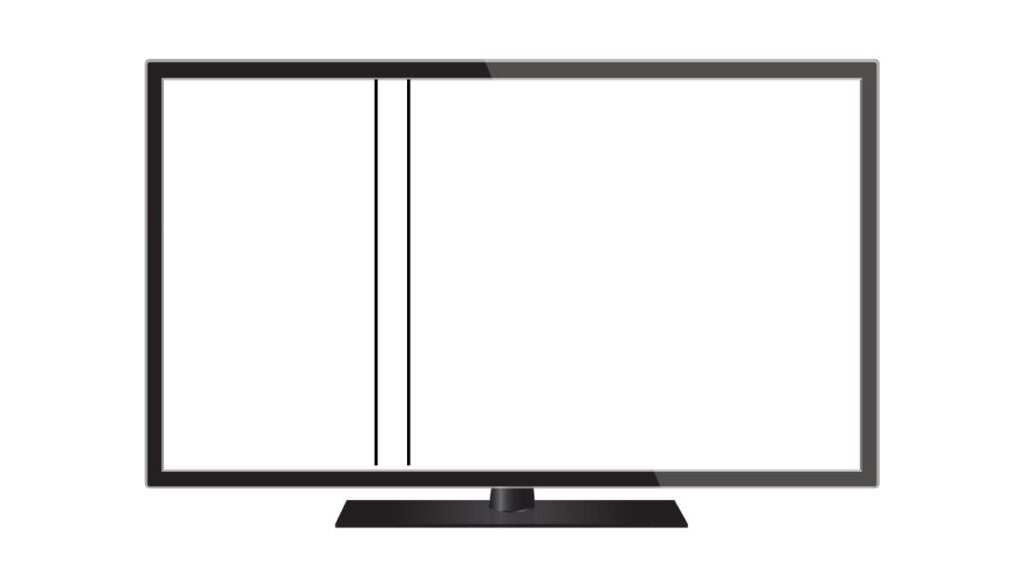
The number of black lines affects your enjoyment. The more lines you see on the screen, the more difficult it becomes to watch TV. The worst situations are the ones that cover the screen in black lines, hiding the image completely.
However, the number of lines doesn’t say anything about the cause. You’re better off paying closer attention to the type of line. For instance, Life Wire associates moving lines with a bad connection and stationary lines with an internal malfunction.
How To Get Rid Of Black Vertical Lines On TV?
Some TVs require heavy repairs. It involves the process of removing, inspecting, and replacing a defective T-Con board. But a layperson is better off taking the TV to a technician.
Otherwise, they may do more harm than good in the long run. For instance, the average consumer is more likely to lose the screws and re-install the board incorrectly. What about the motherboard? Should you replace it altogether if it means eliminating the black vertical lines?
You can repair it if the cost is less than a quarter of the TV’s value. But even when you fix the motherboard for an affordable fee, you can’t trust it to remain operational for long. Then again, motherboard and T-Con board repairs and replacements are not always necessary. Experiment with the following solutions:
- Start with a reset. Use the remote’s power button to switch the TV off. Wait two minutes and switch it back on.
- If the lines persist, repeat the step above. But this time, you should pull the plug from the wall outlet. A hard reset will eliminate glitches.
- If you’ve plugged the TV back in, but the black lines have persisted, inspect the cables behind the TV. Even if they feel firm, pull them out momentarily before pushing them back in. Sometimes, reseating the wires can remove the black lines.
- Change the channel. If that doesn’t work, adjust the resolution. Use the recommendations in the manual.
- If you have a Smart TV, perform pending updates. Program the TV to update automatically.
- If the steps above fail, restore factory settings. Many people hate this step because it forces them to re-program the TV to fit their preferences, which is why they try everything else before resorting to restoring the factory settings. The manual will show you how to restore factory settings. The procedure tends to vary with each model.
- Check the connections for corrosion and clean them. If you suspect loose internal connections, don’t open the TV unless your warranty has expired. You will void an active warranty. Take the TV to the manufacturer and use the warranty for cheap repairs. They may even offer you a new TV for free.
- If you’ve opened the TV, find the T-Con board and disconnect the wiring. Blow the dust away and reconnect the cabling.
- Use a multimeter to test the T-Con board voltage. If the measurements differ from the information in the manual, you need a new T-Con board. Use the T-Con board’s model number to get a suitable replacement. The retailer can also use the TV’s model number to find the correct T-Con board.
- Check every connection and tighten the loose ones.
- Replace frayed wiring, especially if the bare conductors are exposed.
- Make sure each wire connects to the correct terminal. The manual can provide guidance in this area.
- If you suspect interference, turn every device in your home off before using the TV. If the black lines disappear, you’ve identified the problem.
- This Sony guide wants consumers to run the self Diagnostic tool. It will identify the problem. Some Smart TVs don’t offer a self-diagnostic tool.
- Adjust the antenna to improve reception.
- If you have a damaged display panel, replace it. Like the motherboard, consider the cost of a new display panel. Don’t be surprised if it matches the price of a new TV. In that case, get a new TV.
- If you’ve exposed the TV to water, dry it and inspect the damage. Once again, you should determine whether fixing the display is more cost-effective than getting a new TV.
- Replace old TVs. USA Today expects modern TVs to last 4.5 to 6.8 years. A 7-year-old TV with black vertical lines has overstayed its welcome.

